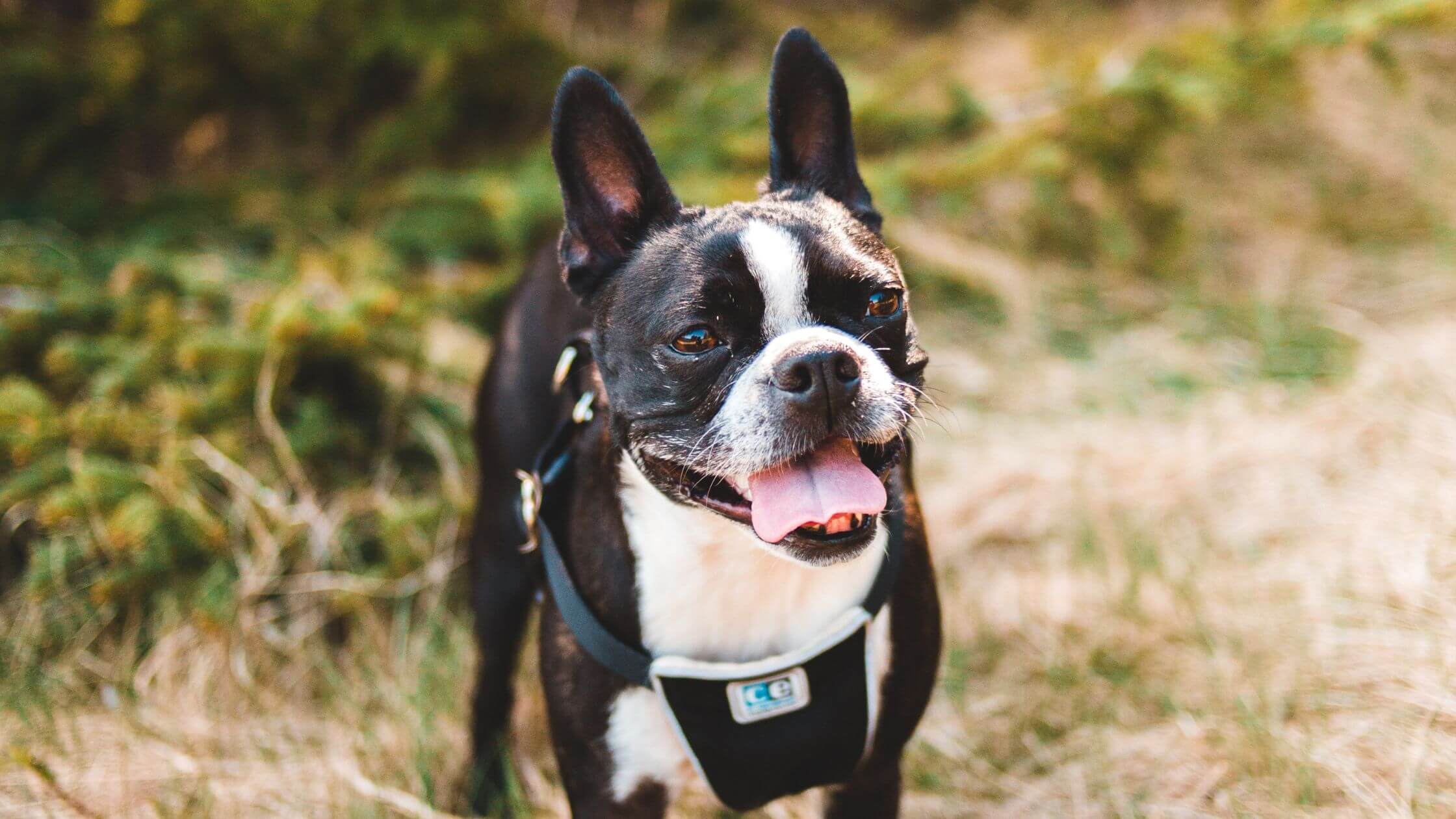Dog Bee Sting – Useful Tips You Need to Know

Typically, if your dog gets stung by a bee, you can expect to see swelling in the face or paw, along with some localized pain and irritation. Although your dog might feel some discomfort immediately following the sting, this usually lessens as time goes on.
Bee stings can be more painful and scary for a dog. It will cause swelling, pain, redness, and inflammation.
Let me tell you that If your dog has been stung, you should follow these steps:
- First of all, pull out the stinger with tweezers.
- Coat with a paste of baking soda and water to the infected area.
- Place an ice pack to get rid of swelling and pain.
- Consult your vet about recommending your dog an oral antihistamine.
- Provide your dog with fresh water and watch them carefully
These steps will give your dog immediate relief & if you see a severe reaction is more then immediately consult your vet.
Signs and Symptoms Of A Bee Sting
Let me elaborate that when a dog is stung by a bee, the sting releases harmful toxins that can actually cause pain, swelling, and discomfort.
Like people, each animal can vary in how strongly they react to toxins – some may experience mild swelling and rash, while others may have a severe reaction or allergic reaction symptoms may also appear.
1. Signs that your dog has been stung by a bee
The most common signs that your dog has been stung include:
- Bite or notice where they have been stung.
- Whooping
- Swelling in a particular area
- Grabbing the affected area like their claws
- Touching the affected area such as the face, mouth, or throat
2. Signs of an allergic reaction include
Signs of an allergic reaction include:
- Feel weakness
- Difficulty breathing
- Observe swelling that extends away from the sting site
- Hives, around different infected parts of the body
3. Common symptoms of a bee sting
The most common symptoms of dog bee stings include the following:
- Swelling at the site of the sting; Skin may also feel firmer
- Sensitivity
- Pain
4. Symptoms, when a sting occurs inside or a dog swallowed the bee
Let me elaborate that if the bee or insect stings is inside the mouth, or sometimes your dog has swallowed a bee, they may also suffer from:
- Shaking of the head
- Licking the lips repeatedly
- Coughing or sneezing
- Carelessness
- Fast breathing
- Vomiting
- Diarrhea
If your dog is showing any of these symptoms or allergic reactions, you should contact your vet immediately and arrange to take your dog to emergency treatment.

What To Do If Your Dog Is Stung By A Bee
This is an important conversation that how to prevent dog bee stings and what you have to do if your dog is stung by a wasp or bee.
If your dog is showing different signs of an allergic reaction to a bee sting, take him to the vet right away. You can also take these steps to help your dog seek veterinary care:
- Try your best to keep your pet calm during the vet visit.
- Try to prevent them from licking/scratching the site.
- A cool wet towel placed on the site can help reduce swelling, rash, and pain.
- Don’t offer your dog any medications, such as antihistamines, without first consulting your vet, as the wrong dose can be fatal.
Read more: How to Tell If Your Dog Is Sick? 6 Signs You Will Notice
Are Bee Stings Dangerous For Dogs?
Most of the time, bee bites are annoying and potentially painful for our dogs.
But bee stings can be dangerous not only because of the venom delivered by the bee but also because of the allergic reactions they suffered from.
However, with a bee sting, it’s not the wound left by the bite that causes the pain, it’s actually the small amount of venom from the bee sting.
A bee has a barbed stinger that separates from the bee and lodges in your dog’s fur.
After the initial attack, the venom sac remains in the skin and will continue to inject more venom, so it is best to clean it as soon as possible.
There have been cases of multiple stings resulting in death from envenomation which causes a life-threatening allergic reaction.
Here most of the bee stings we observe in our medication houses are from dogs getting too close and stinging the face.
It can be especially dangerous if your dog is stung in the mouth because the swelling from the sting can block their airways, making them unable to breathe.
It’s also common for our dog’s paws to get stung by bees because they often step on them or push them away.
Stings in this part of the body often go unnoticed because their owners often think they just tore a nail or cut themselves because the affected area can be difficult to see.
Signs That You Should Go To The Veterinarian Immediately
Remember! If your pet shows signs of severe allergic reaction or airway obstruction, you should take them to the vet immediately. The sooner they receive medication, the better their prognosis.
Even if your pet looks fine, if they’ve experienced a bad reaction to a sting before, you should take them in for an evaluation right away.
Also, if your pet has been stung multiple times, it is best to have them evaluated, due to the high level of toxicity from multiple insect stings.
FAQs
Will my dog be OK after a bee sting?
In most dogs, bee stings will cause mild pain, swelling, and irritation but will not require medical attention.
Casually, bee and wasp stings can be more dangerous, so it’s best to leave your dog alone with bees. Train your dog to return (remembering) will help keep your dog safe. Otherwise, everything will be alright.
Remember to see your vet immediately if you notice your dog’s condition is out of control.
How Long After A Bee Sting Will A Dog Have A Reaction?
Signs & Symptoms usually appear within 30-60 minutes of being stung, but in other different cases, they can appear approximately hours later.
So it’s necessary to keep a close eye on your dog throughout the day. Some swelling and rash are normal and do not necessarily show an allergic reaction or anaphylactic reaction.
Should I Give My dog Benadryl For A Bee Sting?
Benadryl is usually a safe antihistamine for bee stings for your dogs. If we talk about quantity then a suitable dose for dogs is 1 mg per pound.
Here’s what most Benadryl comes in 25 mg tablets, which are easy to dose for larger dogs, but for smaller dogs, try Children’s Benadryl in a 12.5 mg dose. Always choose an easy way!
Conclusion
So, comes to the most important part is how to treat or prevent bee stings from your dog. Be aware of the all terms and conditions mentioned above. Stay connected with your dog and keep an eye on his every single activity.
This blog post here covers all the facts and figures about bee stings and the solutions to deal with the best.
If you are a dog lover, find out what more we have in store for you by visiting our blog.
